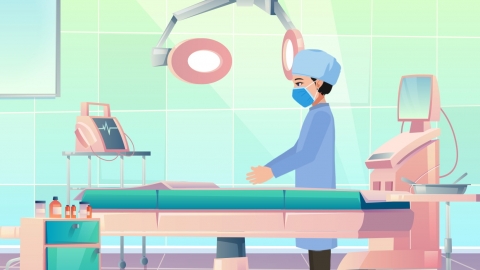Is circumcision necessary?
In general, phimosis refers to a condition where the foreskin is too long or tight to be fully retracted to expose the glans penis. Whether surgery is necessary depends on a comprehensive evaluation of the patient's specific circumstances, including age, severity of symptoms, and risk of complications. If discomfort occurs, timely medical consultation and assessment are recommended. Detailed analysis is as follows:

If the foreskin opening is too narrow to allow retraction and exposure of the glans, resulting in difficulty urinating and urine retention, this may easily lead to balanoposthitis (inflammation of the foreskin and glans), with recurrent infections potentially affecting reproductive health. Furthermore, if severe phimosis persists after puberty, it may restrict normal penile development, and in such cases, circumcision is recommended to improve the condition.
Some patients with phimosis may not require surgery temporarily. Physiological phimosis in infants is relatively common, and as the child grows older, the foreskin opening may gradually loosen, allowing the glans to become naturally exposed. If there are no symptoms such as abnormal urination or infection, regular observation is sufficient without rushing into surgery, as most cases can resolve spontaneously with growth and development.
Maintaining local hygiene of the penis is important in daily life. During daily cleaning, gently retract the foreskin without applying excessive force to avoid injury. If abnormalities such as redness, swelling, pain, or increased discharge from the foreskin occur, prompt medical consultation and examination are necessary. The decision for surgery should be made by a qualified physician after evaluation and tailored to the individual's specific condition. Self-diagnosis or reliance on unverified remedies should be avoided.









